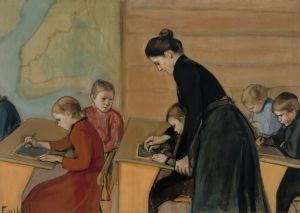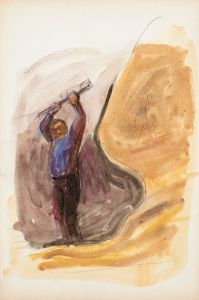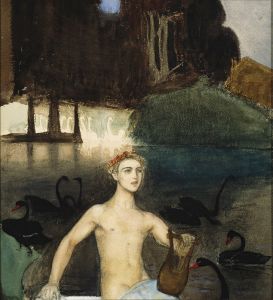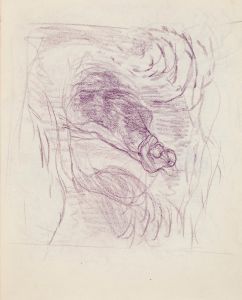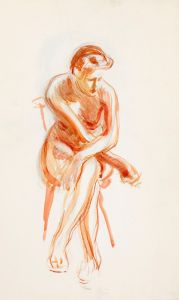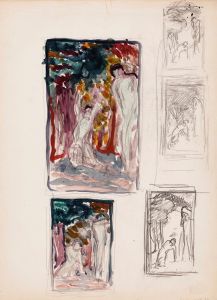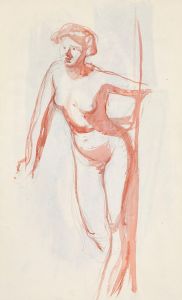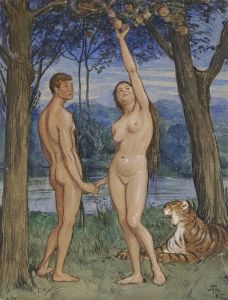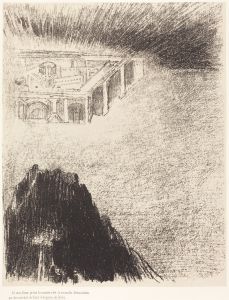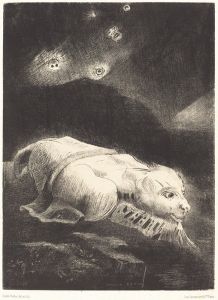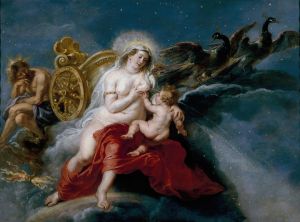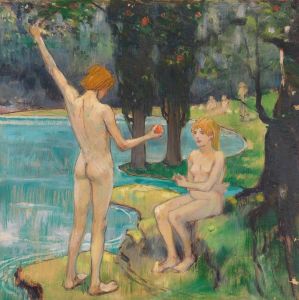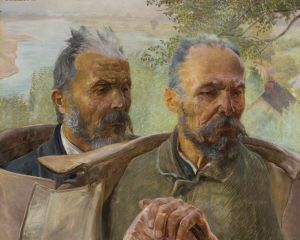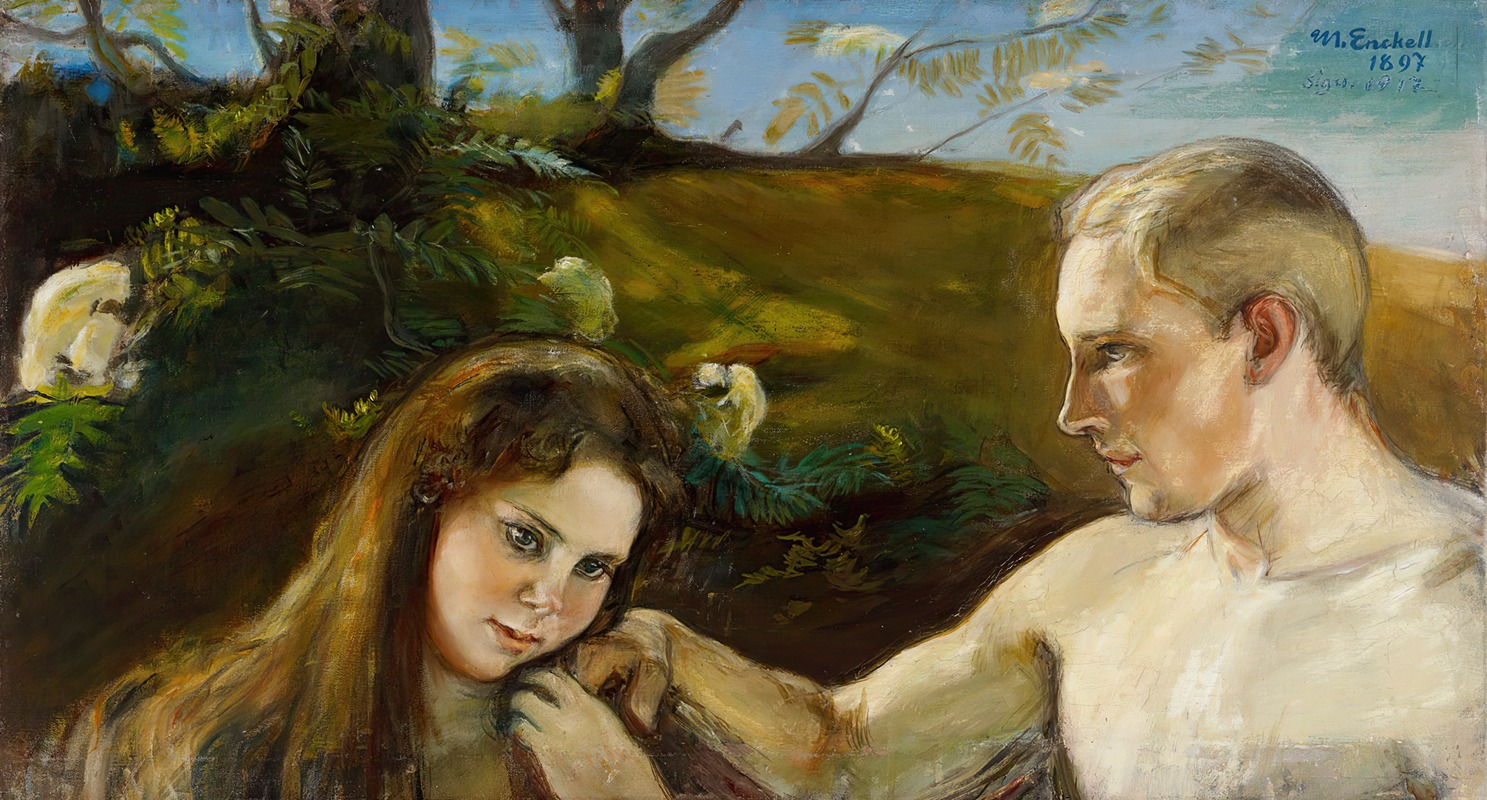
Adam and Eve
A hand-painted replica of Magnus Enckell’s masterpiece Adam and Eve, meticulously crafted by professional artists to capture the true essence of the original. Each piece is created with museum-quality canvas and rare mineral pigments, carefully painted by experienced artists with delicate brushstrokes and rich, layered colors to perfectly recreate the texture of the original artwork. Unlike machine-printed reproductions, this hand-painted version brings the painting to life, infused with the artist’s emotions and skill in every stroke. Whether for personal collection or home decoration, it instantly elevates the artistic atmosphere of any space.
Magnus Enckell's "Adam and Eve" is a notable painting by the Finnish symbolist artist, created in 1891. Enckell, born in 1870 in Hamina, Finland, was a prominent figure in the Finnish art scene and a key representative of Symbolism in Finland. His works often explore themes of mythology, religion, and the human condition, characterized by a distinct use of color and form.
"Adam and Eve" reflects Enckell's interest in biblical themes and his ability to convey complex narratives through a symbolic lens. The painting depicts the biblical figures of Adam and Eve, the first man and woman according to Judeo-Christian tradition. Enckell's interpretation of this iconic story is marked by his unique style, which combines elements of realism with symbolic undertones.
The composition of "Adam and Eve" is notable for its simplicity and focus on the human form. Enckell employs a restrained color palette, which is typical of his early works, emphasizing the figures against a subdued background. This approach draws attention to the emotional and psychological aspects of the scene, inviting viewers to contemplate the deeper meanings behind the biblical narrative.
Enckell's portrayal of Adam and Eve is imbued with a sense of introspection and contemplation. The figures are often depicted in a state of quiet reflection, capturing the moment of innocence before the fall from grace. This interpretation aligns with the Symbolist movement's focus on exploring the spiritual and existential dimensions of human experience.
The painting is also significant for its exploration of gender and the human body. Enckell's depiction of Adam and Eve challenges traditional representations by emphasizing their humanity and vulnerability. This approach reflects the broader Symbolist interest in the human psyche and the complexities of identity.
"Adam and Eve" is part of Enckell's broader body of work that explores mythological and religious themes. Throughout his career, Enckell was known for his ability to blend classical subjects with modernist sensibilities, creating works that resonate with contemporary audiences while drawing on timeless narratives.
Enckell's contribution to Finnish art extends beyond his paintings. He was an influential figure in the development of the Finnish art scene, playing a key role in the formation of the Septem group, which sought to promote modern art in Finland. His work has been celebrated for its innovative approach and its ability to capture the spiritual essence of its subjects.
Today, "Adam and Eve" is recognized as an important work within Enckell's oeuvre and within the context of Finnish Symbolism. It continues to be studied and appreciated for its artistic merit and its exploration of universal themes. Enckell's legacy as a pioneer of Symbolism in Finland remains influential, and his works are held in high regard in both national and international art circles.





